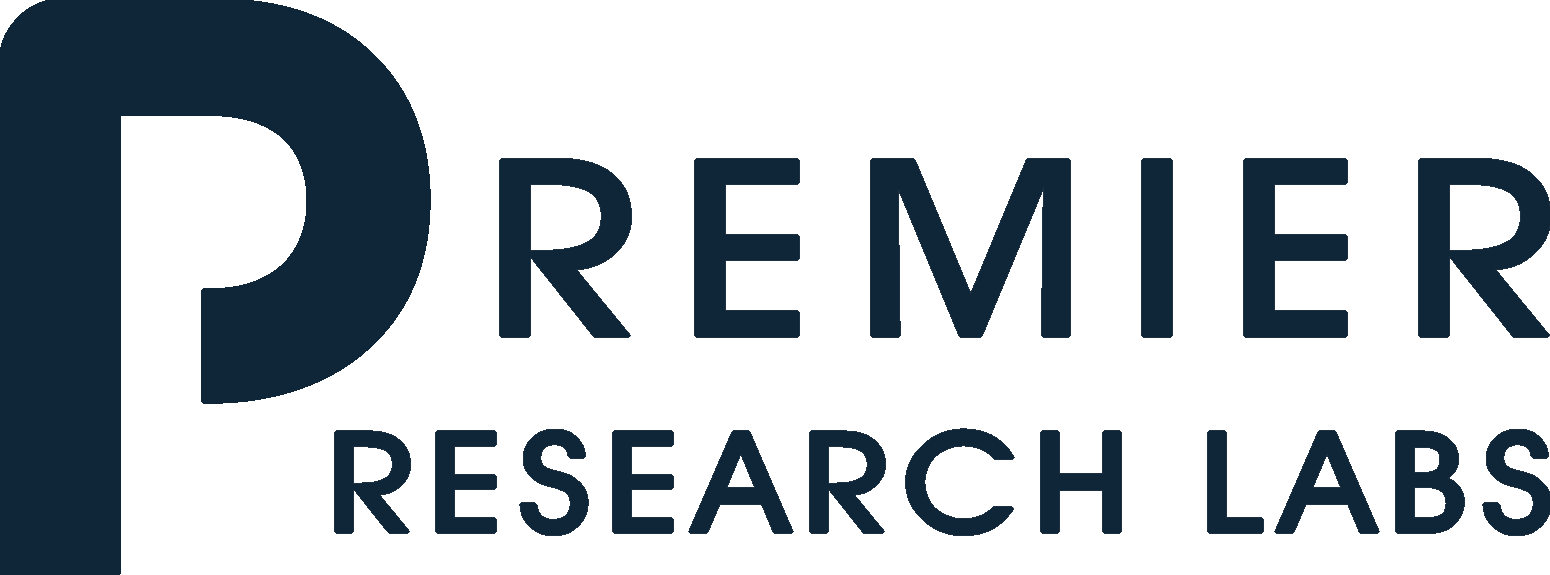
Ayurveda – Ancient Concepts for Modern Times
Ayurveda is the world’s oldest health system, originating in India more than 5,000 years ago. It is the only health system that utilizes prevention-oriented lifestyle practices including seasonal eating, seasonal fasting, daily exercise as well as meditation. More distinctly, ayurveda is based on the concept of bio-individuality, that there is not one diet or lifestyle that works for all people because we are all unique, like snowflakes. What might be therapeutic for one person could be harmful for another. This is absolutely true with exercise. In Ayurveda, exercise recommendations depend on one’s dosha, or constitution type, age, the surrounding climate, and the current season.
What are Doshas?
Ayurvedic medicine is based on the idea that the world is made up of five elements – space (ether), water, earth, fire, and air. A combination of elements results in three humors, or doshas. Ayurveda classifies all people, food, and practices into these three doshas, energies, or more practically, body types. The three doshas are Vata (elements of air and ether), Pitta (elements of fire and water), and Kapha (elements of water and earth). An individual’s dosha is thought to determine their personality and health tendencies.
Vata – Erratic and Inconsistent
Vata is often characterized as the creative but spacey dosha. They are known for thinking outside the box but can become easily distracted. Vata types are variable and erratic, have cool body temperatures, weak digestive systems, and a tendency toward dryness that can lead to gas, bloating, and constipation. Vatas typically have naturally thin bodies and have a very difficult time putting on muscle or fat.
Vatas are naturally enthusiastic and hyper-metabolic, having quick bursts of energy but low endurance. Due to their “on-the-go” nature, vata-dominant doshas should choose activities that involve constant movement, such as cycling, running, walking, yoga, tai chi. Vatas also benefit from slow and steady strength training, TRX bands, dynamic stretching, barre, and anything that grounds their energy and improves their balance. Vatas often have creaking, cracking joints that are easily injured, so they must make sure their form is right. CrossFit® or exercise boot camps might be too depleting and intense, so Vata types are better off exercising in their own time, making sure their form and alignment is on point so they can build muscle safely. Try lunges, squats, resistance bands, and exercises on a single leg to improve your balance and agility.
Pitta – Assertive and Activated
Pitta dosha is considered the hot and fiery dosha and is associated with a strong drive to excel, natural leadership skills and a Type A personality. They have warm body temperatures, strong digestive systems, and endless appetites, which can sometimes lead to acidity. Naturally strong, competitive and athletic, pitta types prefer intense workouts that pushes their bodies to the limit.
However, what they really need is to calm and cool down, while avoiding excessive heat or over-exertion. The preference for intense, hardcore exercise will actually cause adrenal fatigue and an increase in cortisol, the stress hormone. Pittas should strive to practice more yoga, Pilates, and swimming, which build muscle without overtaxing the adrenals. They don't do well in the heat, so hot yoga isn't ideal for pitta types as it will lead to burnout and potential injury. It's also important that they meditate after a workout to ground their energy, so they don't carry that tension into the rest of their day.
Kapha – Slow and Steady
Kapha is the earth mama dosha, which has slow, heavy, hypo-metabolic qualities. They are known for being reliable and supportive to others. Motivation is the biggest obstacle for kaphas. They are the ones who must push themselves to exercise, and maybe reward themselves with a snack afterward. They often resist movement and would much rather be a couch potato. Kaphas gain weight easily—more so than other doshas—and become sluggish, heavy, and lethargic when imbalanced.
Kapha types may not exercise at all but can benefit from exercise the most. Walking is a good start, especially uphill to get the body moving. Kaphas should strive to sweat every day because that is the antidote to their imbalance, to decrease moisture and increase mobility, coordination, and stamina. Ideally, integrate more high-intensity interval training (HIIT) moves, such as jumping jacks and mountain climbers, into their workout routine. Kaphas excel at long-distance running, weightlifting, and rowing. They do best with quick-moving Vinyasa yoga or hot yoga classes. Kapha types actually have the highest endurance of all the doshas and can tolerate the longest duration of exercise. All it takes is getting off the couch and over the mental hurdle!
Regardless of dosha or body type, exercise is one of the most healing things we can do for the mind, body, and spirit. Finding the right type of exercise that gives your body what it needs, without over- or underdoing it, is important for maintaining wellness and wellbeing. Just like diet, there is no one workout for everyone. Finding the right workout is like finding a crystal—sometimes it takes holding a bunch to really find what feels right.
Are Doshas the same as Body Type?
While the notion of a predetermined body types may seem far-fetched for some, many physiological markers and observations associated with each body type are apparent in the greater population. Body type, also known as somatotype, refers to the physiological concepts theorized in the 1940s by Dr. W. H. Sheldon. Body types reflect a generalized idea of how a person’s physiology is functioning in its current state. The observable body type or dosha is the sum of physical, dietary, and lifestyle choices up to that point in time, combined with a variety of uncontrollable factors that are influenced by genetics and the immediate environment.
Similar to Ayurveda, three main body types have been identified - endomorph, mesomorph, and ectomorph. Each type is characterized by both psychological and physiological traits that are genetically pre-determined and are directly influenced by a person’s personality.
Endomorphs naturally have a slower metabolism potentially due to chronic conditions, such as thyroid deficiency or diabetes. There is a tendency to gain weight quickly and weight loss is challenging. Endomorphs tend to store more fat throughout the body and have a stockier stature with larger midsection and hips. Endomorphs are most similar to those with a Kapha dosha.
Mesomorphs have efficient metabolism and have little difficulty gaining nor losing weight. Mesomorphs typically have athletic musculature, medium bone structure with shoulders wider than hips. Mesomorphs are most similar to those with a Pitta dosha.
Ectomorphs have a faster metabolism that can make it difficult for gaining weight and muscle mass. Hips and shoulders are narrower in respect to height and muscles are relatively smaller in respect to bone length. If Body Mass Index (BMI) is <17, it may be helpful to rule out disordered eating, such as anorexia or bulimia. Ectomorphs are most similar to those with a Vata dosha.
Because body types fall on a continuum, it is common to have a combination or hybrid body type, where you have the strengths of two different body types to work with. For example, having the endurance of an ectomorph/vata and the muscle strength of a mesomorph/pitta is a combination that would lead to big training gains. The most common hybrid body types are ecto-mesomorphs (vata-pitta), who have long, lean limbs and broader chests and shoulders, and endo-mesomorphs (kapha-pitta), who have thick but compact bodies that are muscular, not soft.
Endo-ectomorphs (kapha-vata), on the other hand, is a body type hybrid that results from behavior not genetics. These body types have thin legs but significant fat storage in the midsection, which usually means that their lifestyle is sedentary, and quality of diet and food choices has been poor more often than not. This body type can definitely be improved with appropriate diet and exercise.
But Do I Really Have to Exercise?
Focusing on diet alone will not be enough to improve your body type. Exercise dictates the muscle-to-fat ratio and provides definition and tone to muscles. Having an awareness of an individual’s body type enables the identification of constitutional strengths and weaknesses, and, in most cases, the development of goals to shift current body type toward a more mesomorphic/pitta physiology. For example, ectomorphs/vatas may benefit from dietary and exercise regimens that focus on muscle protein synthesis and overall muscle gain, while endomorphs/kaphas will require frequent workouts and reduced calorie intake. As people become more sedentary, especially after age 50, there is a greater chance of becoming an ecto-endomorph (vata-kapha) or meso-endomorph (pitta-kapha) body type. Whether male or female, testosterone levels decrease, which increases the incidence of fat storage and muscle loss.
From an Ayurvedic perspective, exercise helps to cleanse the body, improve circulation, increase mind-body coordination as well as to clear stagnant mind states. Disease is thought to occur when the body loses contact with the underlying intelligence responsible for maintenance and repair. Exercise involves the coordinated activity of body and mind in maintaining contact between physiology and biological intelligence. From a deeper perspective, a daily routine that involves mind-body self-care is not just to support wellness and wellbeing but also to support evolvement of our human potential and the development of higher states of consciousness.
Every body type can benefit from HIIT. Workouts last just 15 to 20 minutes and more calories will be burned, muscle built, and heart rate increases more than with steady-state exercise (like jogging or cycling). Additionally, everybody can benefit from the afterburn effect, burning calories at faster rate after HIIT workouts as the body recovers.
Keep in mind that Ayurveda suggests exercising to 50% of full capacity, when strain begins to appear in the body. This is when the body begins to sweat, it becomes difficult to breathe through the nose, and it becomes difficult to maintain proper form or focus during exercise. Pushing the body beyond this point can result in diverting energy into repairing and rebalancing the effects of straining. Exercise should never exhaust the body, which not only turns on the body’s “fight or flight” systems but depletes the body’s reserves, requiring extra rest for repair.
For people under age 60, it’s more effective to train one or two body parts at a time and push yourself to the point of exhaustion and then focus on other muscle groups on alternate days. That means you might focus on strength-training moves for the chest and back one day, the legs and arms another day, and core muscles a third day. Be sure to avoid working the same muscle groups two days in a row. Muscles need time to recover and rebuild to develop strength, and limit risk of exercise-related injury.
Tips for Endomorphs/Kaphas
Focus on metabolic conditioning, fat loss techniques and cardiovascular fitness; resistance training to strengthen muscles and stabilize joints. Start with a low- to moderate-intensity cardio workout to target stubborn fat stores, then add a strength-training program once progress has been made. Use short rest periods, circuits for resistance exercises and as much time as possible for steady-state cardio. Consistent aerobic and anaerobic training will help endomorphic bodies increase their metabolic efficiency and boost the body’s daily energy requirements. Overall, a commitment to a less-sedentary lifestyle is the most important thing for kaphas/endomorphs to do to begin overcoming their metabolic challenges. Endomorphs are particularly responsive to isolation exercises (working one muscle at a time) so, targeting the quads with squats and lunges and targeting biceps with biceps curls, for example, will likely be effective.
As mentioned previously, the endomorph or kapha constitution type has a slower metabolism and a surplus of stored body fat. A low-calorie, high protein diet is ideal for maximizing fat loss and while still supporting and even building muscle mass. Diets that contain 2.2 grams protein per kilogram body weight appear to be safe and effective for supporting existing muscle tissue during times of calorie restriction and weight loss. It may be helpful to consider a low-carb “ketogenic” diet that helps burn fat throughout the day. However, keep in mind that carbohydrates are needed to fuel high-intensity exercise necessary to improve cardiorespiratory health. Some endomorphs may experience hypoglycemia and perhaps nausea without enough carbohydrates in their diet. The most important tip is to determine the total daily calorie requirement and keep food intake slightly below that so that the body remains in a negative energy balance with as little muscle breakdown as possible.
Tips for Ectomorphs/Vatas
Opposite to endomorphs or kaphas, ectomorphs or vata constitution types have highly active metabolism, a “lanky” bone structure and a difficult time gaining weight and muscle mass. Exercise regimen should emphasize muscle gain using lower-intensity hypertrophy and resistance training for maximum strength. Ectomorphs/vatas do not need much cardio because they are already lean by nature. In fact, too much cardio will result in elevated cortisol levels which signals the body to store fat as a stress response. This is observable in runners who are “skinny-fat” – skinny in the legs with excess belly fat. What ectomorphs really need is to add muscle mass and strength through strength-training exercises at least twice a week to melt some body fat while retaining muscle. This will produce toned muscles and will help prevent overuse injuries and common chronic problems like back pain and even osteoporosis.
Diets must include ample calories that often include “mass gainer” nutritional protein shakes. Ectomorphs need high protein (1.2 to 1.6 grams/kg body weight) for optimal muscle growth, with some individuals requiring up to 2.2 g/kg body weight. Protein intake should be spaced out every three hours so that muscle protein synthesis (MPS) signals (from the amino acid leucine) are maximized all day. In some cases, consuming an additional protein shake in the evening, right before bed, will minimize the fasting window and can maximize the MPS in individuals with difficulty gaining weight. Making small dietary changes, like swapping some daily carbs for protein, can also help build muscle.
Tips for Mesomorphs/Pittas
Mesomorphs or Pitta constitution types have relatively efficient metabolism, appearing lean and fit. They carry functional, often athletic, muscle mass and are primed to reach or maintain whatever fitness goals they desire. Mesomorphic body types can readily transition to more advanced forms of athletic or sport. To maintain size and shape, workouts should focus on low- to moderate-intensity cardio, such as a brisk walk, performed at 65-75% of your maximum heart rate. Mesomorphs have lower endurance levels due to having fewer slow-twitch muscle fibers. Adding occasional sprints or high-intensity-interval training (HIIT) is beneficial because you’re specifically working on types of activity that don’t come naturally.
Diets tend to be focused on health and fitness goals. Protein intake should be between 1.2 and 2.2 grams per kilogram body weight for muscle gain goals (or closer to RDA of 0.8 gram per kilogram body weight), with remaining calories coming from healthy fats and carbs.
Nature or Nurture?
Despite the concepts of predetermined body types, research continues to demonstrate that physical exercise and consistent habitual diet changes have the strongest effects on improving body
composition. The human body is highly adaptable and always in pursuit of balance/homeostasis within its environment. The uphill climb is in breaking the old patterns that the body has gotten used to. We must keep in mind that change takes time and consistency and not give up on ourselves too soon while we work on improving body composition. Your body type is not a life sentence. Body types will shift based on lifestyle, activity, and diet modifications.
Ayurvedic medicine encompasses whole-body healing which includes physical, mental, and emotional health. This includes practices like yoga, meditation, mindful eating, sleep hygiene, spending time by yourself and with others and managing the work-life balance. At its core, the goal is helping people to use tools they can control (such as improved lifestyle, diet, and exercise techniques) to overcome internal and external challenges. When new habits are adopted and permanently integrated into new self-care regimen, body type traits will begin to shift toward mesomorphic and will eventually become the “new normal.” Muscle can be safely gained at around one pound per week, and fat healthily lost at around one pound per week. Metabolism and appetite will adjust to new energy intakes, physical activity becomes a natural part of the day instead of a chore, and selfcare becomes intuitive rather than pragmatic.









